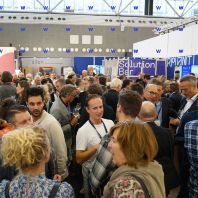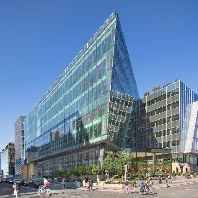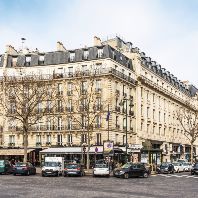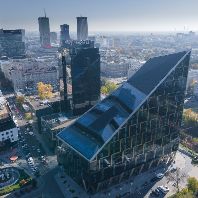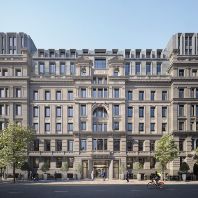Three out of four office buildings whose construction will begin in the coming weeks and months will be so-called green buildings. Besides internationally-recognized certificates LEED, BREEAM or the Green Building Certificate the new-to-be-developed green buildings have one more thing in common: speculative development.
"Office developers such as Skanska, HB Reavis, Karimpol and Immorent are representing a new phenomenon on the market increasing confidence. Only a few months ago, commencement of realization without pre-leasing at the level of at least 40% was practically unthinkable," says Bert Hesselink, Director of the Office & Industrial Agency department at the Prague office of the international consulting firm DTZ.
According to DTZ, the risks associated with speculatively developing environmentally friendly projects without signed pre-leases with future tenants will eventually pay off for developers. And the demand for 'green buildings' is rising among tenants operating costs are an important criterion for large firms such as for example UniCredit Bank. According to Bert Hesselink, this can be explained not only by the expectation of lower operating costs, but also by the trend of increasing responsibility toward employees and the environment in international companies.
It is important for developers to obtain certification also with regard to final financial exits from projects through sales to institutional investors, who from the long-term perspective require sustainable buildings, i.e. those that have received a particular certificate and offer comparison for investors.
Even though, according to data from DTZ, only approximately 27,500 m² of new office space will be delivered to the Prague market in the second half of this year, the annual volume of office buildings completed or under construction could reach 100,000 m² in 2011 and the same volume again in 2012. This space will be added to the total office stock in Prague out of which currently 13.8%, or 375,000 m², of office space is immediately available for occupancy.
'Green offices' will have a significant competitive advantage on the office market and will have a stronger chance to meet the demands of tenants, especially if the economic predictions are accurate and firms´ requirements for additional office space can no longer be accommodated in their existing premises and they will thus have to look for new premises next year onwards.
"An interesting situation may occur when vacant space will increasingly be situated in conventional, 'non-green' office buildings compared to environmentally friendly offices and as a result rents will increasingly diverge between both types of office buildings to the advantage of the newly developed or upgraded green office buildings. The number of 'green offices' in various stages of completion is still low in light of the current and anticipated demand," says Bert Hesselink.
Source: DTZ

